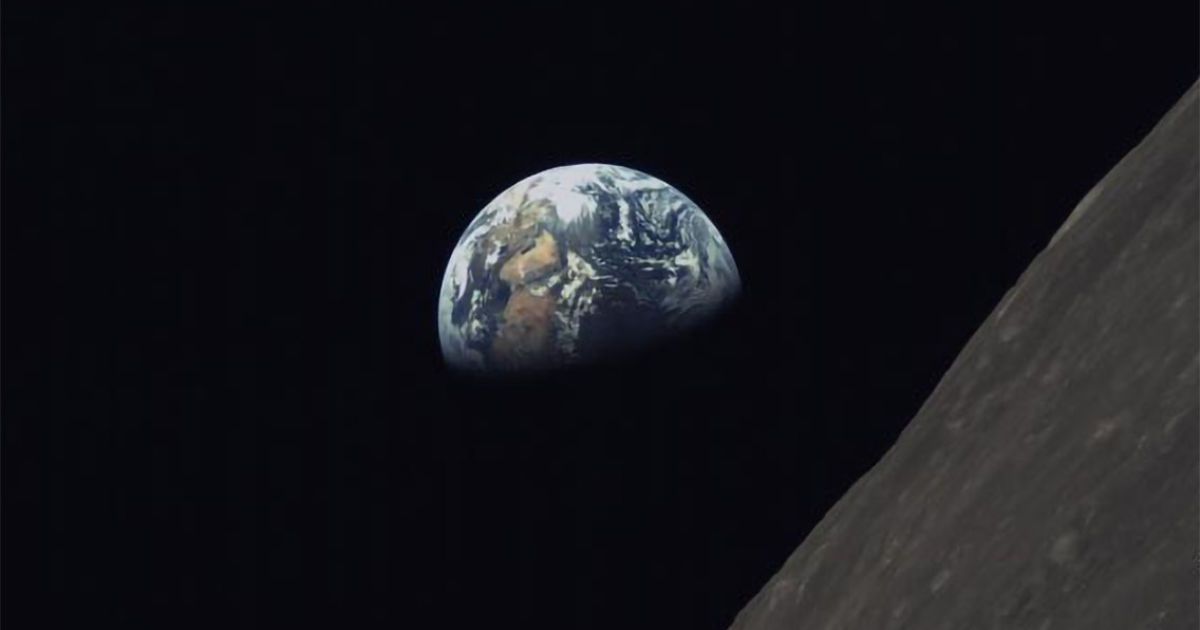NASA's space telescope has explored "James Webb," an Earth
-sized exoplanet
.
But new observations did not reveal any signs of an atmosphere on it.
This is evidenced by the data of a new study, writes Science Alert.
Scientists say that this is not the end of the search for life on other planets of this solar system.
After all, some of them are in the zone that promotes the presence of water and potential life.
"This is not necessarily the end of the search. But we will have to wait and see," - emphasized astrophysicist Sarah Seeger.
Lead researcher Thomas Green, an astrophysicist at NASA's Ames Research Center, says that no atmosphere means no water and no shielding from cosmic rays.
As for the other planets orbiting the small and faint Trappist star, "I would be more optimistic about the presence of atmospheres on other planets if this one had one," Green said.
Scientists discovered TRAPPIST-1, which includes seven rocky exoplanets, in 2017.
They orbit a red M-dwarf star at a distance of 40 light years from us.
If planets orbiting ultracold red dwarfs like this one "fail, then we'll have to wait for Earth-like planets orbiting a star like our Sun, which could be a long time," said Seeger of the Massachusetts Institute of Technology. technological institute.
The inner planet of the Trappist system receives four times more solar radiation than Earth receives from the Sun.
Perhaps it is the extra energy that is the reason for the absence of an atmosphere.
Thanks to the telescope, the temperature of an exoplanet has been measured for the first time: it reaches 450 degrees Fahrenheit on the side of the planet, which is constantly rotating to face its star.
American and French scientists were also able to measure the change in brightness as the inner planet moved behind the star and estimate how much infrared light the planet emitted.
The change in brightness was insignificant.
After all, the Trappist star is more than 1000 times brighter than this planet.
That is why Webb's discovery of it "is a big step in itself," the European Space Agency said.
It is planned to carry out more detailed observations not only of this planet, but also of others in the Trappist system, scientists say.
Thus, further studies may reveal an atmosphere even if it does not exactly match the one observed on Earth, said Michael Gillon of the University of Liège in Belgium.
By the way, "Webb" was launched in 2021 to an observation position at a distance of 1 million miles.
The telescope is considered the successor of Hubble, which has been orbiting the Earth for more than three decades.
Previously, Hubble and the Spitzer Space Telescope probed the Trappist system for atmospheres, but without conclusive results.
"This is just the beginning, and what we can learn about the inner planets will be different from what we can learn about the others," said Julien de Wit of MIT.
We will remind you that
scientists were able to discover three small rocky planets
at a distance of 100 light years from us.
Two of them are very similar to Earth and could potentially be inhabited worlds.
A third planet may also have liquid water on its surface.
Read also:
An asteroid capable of destroying a city flew between the Earth and the Moon
Astronomers have discovered a super-Earth that is turning into a water world: what is known about it
Everything is much more complicated: a previously hidden structure was discovered inside the Earth's core
